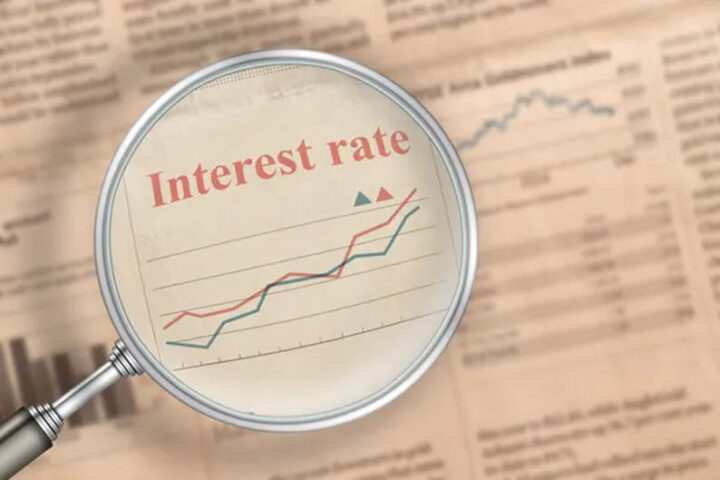While the timing of the Federal Reserve’s highly anticipated pivot on rates remains uncertain, astute investors should consider redirecting their attention towards emerging markets, according to an international financial CEO and analyst.
Wall Street’s S&P 500 index reached a record high on Friday on the back of market sentiment that the US Federal Reserve is poised to start cutting rates.
“Although markets seem to be getting ahead of themselves with the idea that the Fed will imminently start cutting rates, the US central bank is likely to pivot at some point this year,” said Nigel Green, chief executive and founder of leading independent financial advisory and fintech deVere Group.
“Investors should now be looking ahead and eyeing opportunities in emerging markets.”
Green explained that a dovish Fed typically results in a weaker US dollar. As the dollar depreciates, it enhances the attractiveness of emerging market assets.
“Countries with high-yielding currencies and robust economic fundamentals become appealing destinations for investors seeking returns beyond what mature markets can offer,” he said.
“This currency play is often a significant driver of returns for those strategically positioned in emerging market (EM) assets.”
Another important point, according to Green, is that historically, when the Fed adopts a more accommodative stance, it tends to inject liquidity into global financial markets.
“This surge in liquidity can be expected to find its way to emerging markets, creating an environment conducive to investment and economic growth,” he noted.
Lower rates
In addition, the prospect of lower interest rates in the US encourages a search for yield among global investors.
“In a lower-interest-rate environment, emerging markets often stand out as havens for higher returns. These markets frequently offer more attractive yields on equities and fixed-income securities compared to their counterparts in developed economies,” the deVere CEO added.
Should the Fed signal a potential shift in monetary policy, investors should also consider the relative valuations in EM.
Many of these markets exhibit “more attractive price-to-earnings ratios and other valuation metrics” compared to their developed counterparts.
The asymmetry in valuations presents an opportunity for investors to “capitalise on potential upside” in an environment where mature markets might be more fully priced.
Diversification is another key factor driving the case for increased exposure to emerging markets.
With their diverse economies and industries, they provide an effective means of achieving this diversification, potentially mitigating risks associated with concentration in any single market.
Green concluded that, “while markets may be prematurely pumped in anticipation of the Fed’s pivot, the rationale for investors to now explore opportunities for portfolio growth and resilience by considering exposure to emerging markets is robust.”









